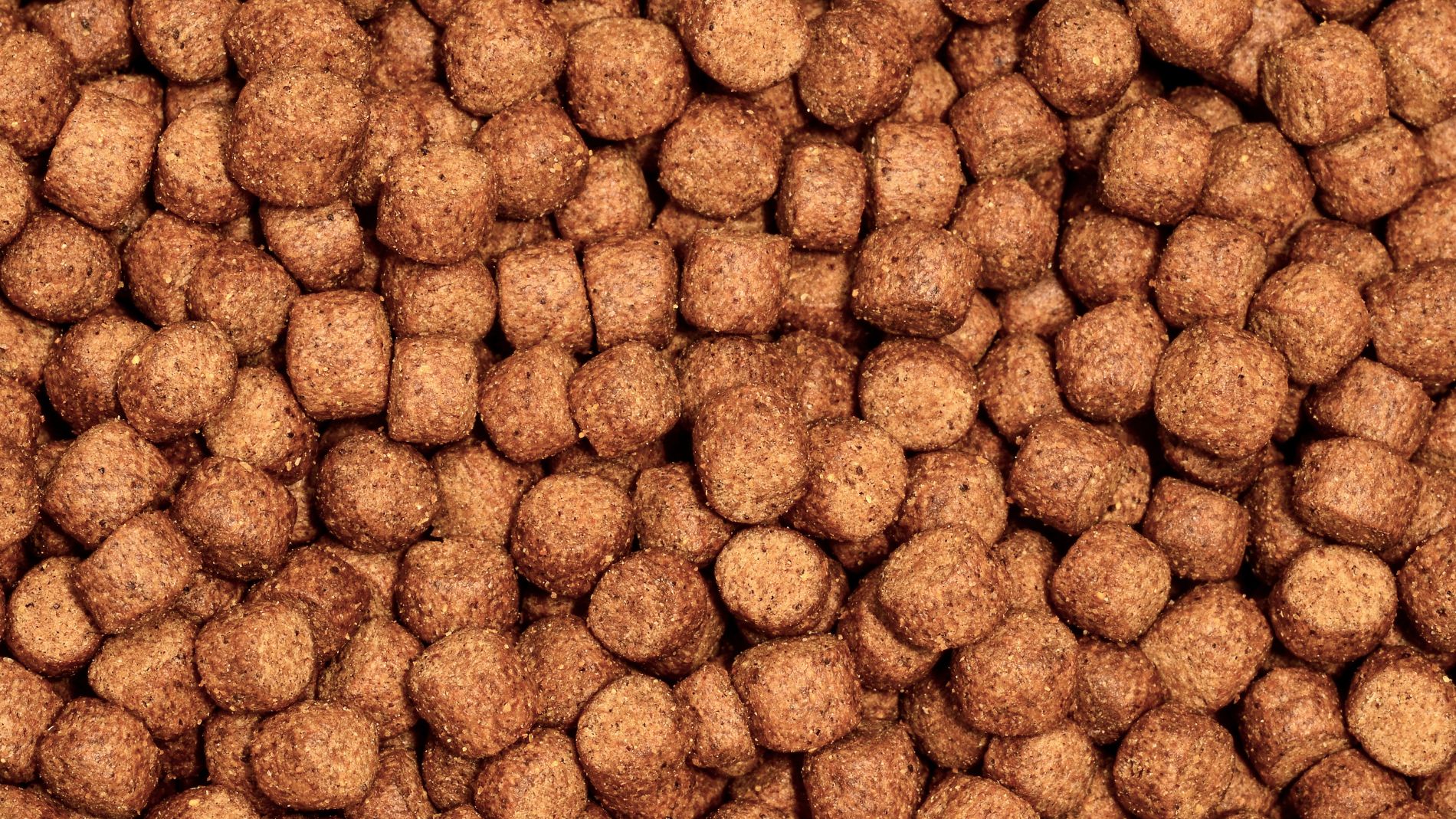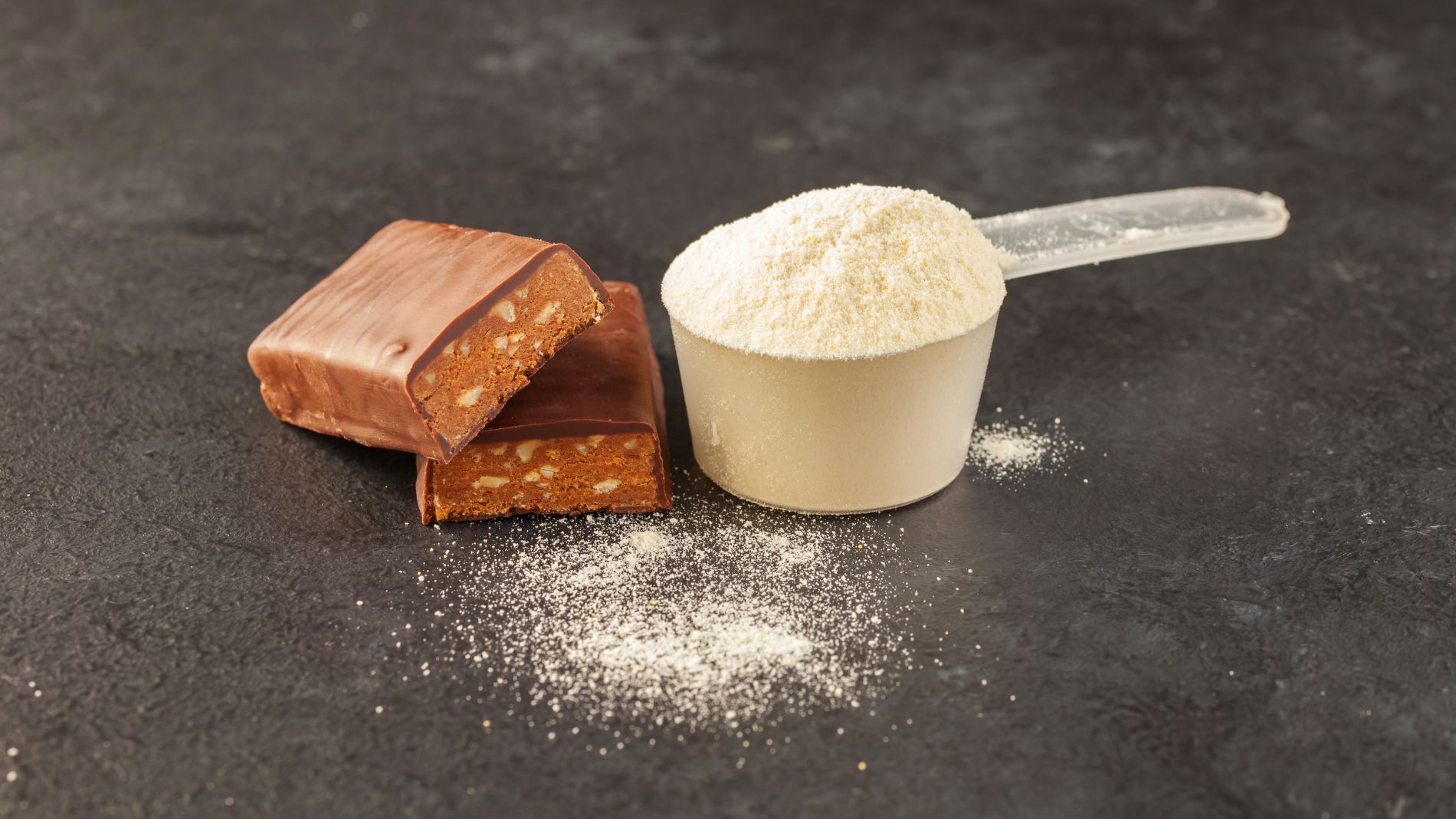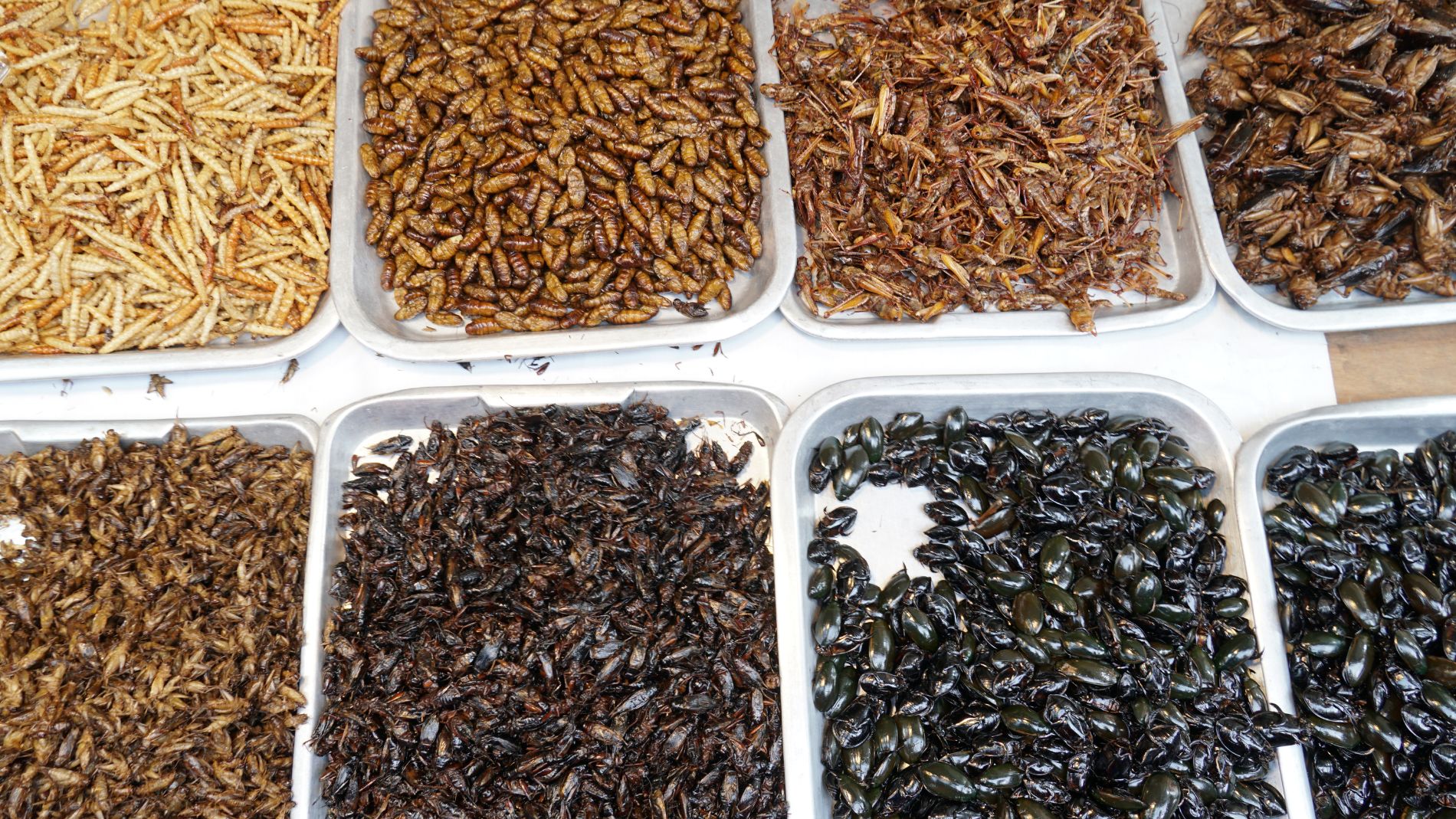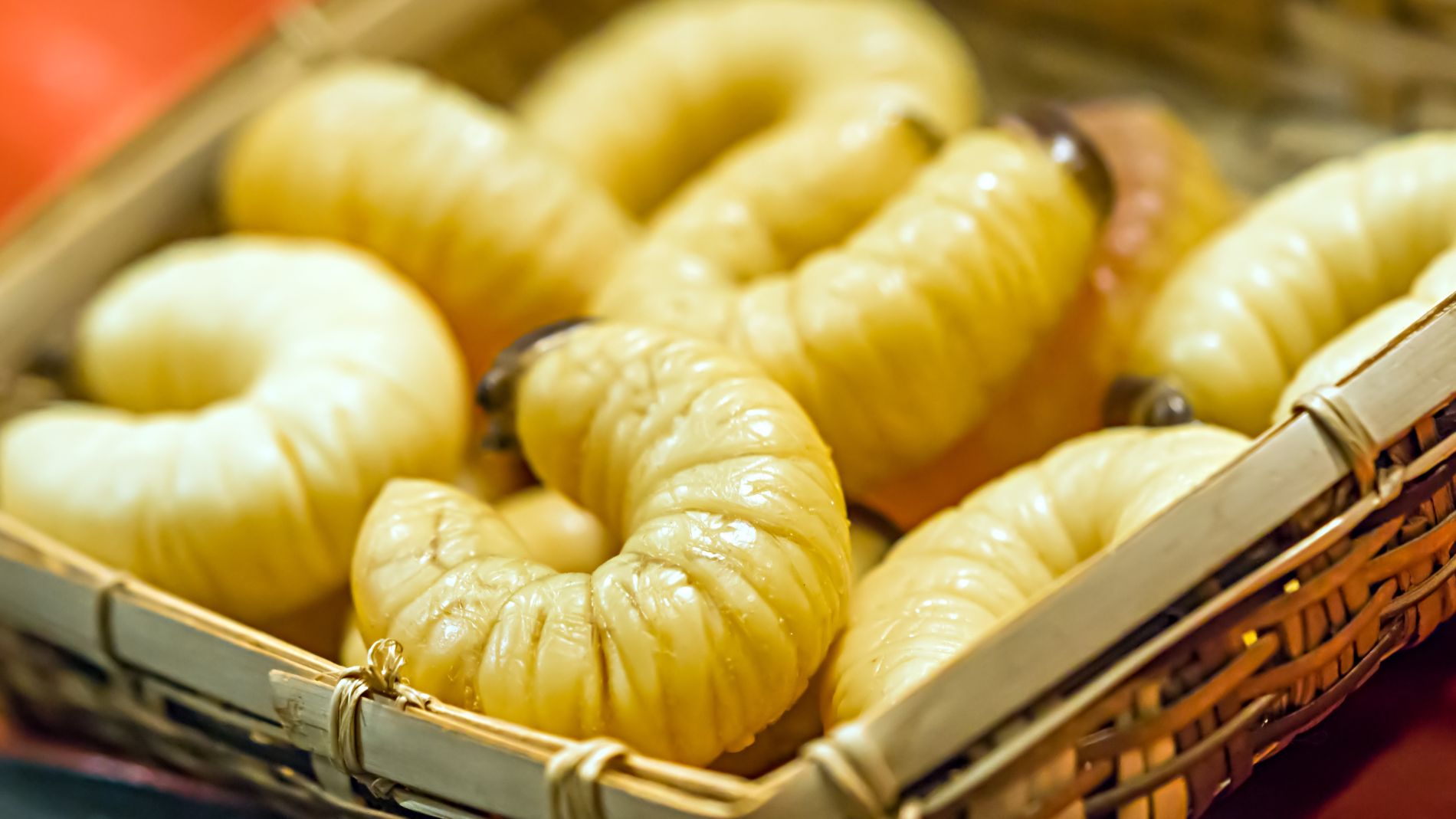In addition to high-quality protein, insects also contain healthy fats, vitamins, minerals and dietary fibre (chitin shell). For this reason, it makes sense to use insect protein as an environmentally friendly source of protein for both animals and humans.
Insect protein for animal feed

Insect protein is increasingly used as a sustainable and nutritious ingredient in the production of animal feed. It can be mixed with various other ingredients to improve nutrient profiles or to increase acceptance among animals. The exact composition of the animal feed depends on the type of animal, its specific nutritional needs and economic considerations.
Insect protein is often mixed with grain and other plant-based ingredients in feed for farmed animals such as chickens, pigs and fish. It is often used in combination with plant-based proteins and carbohydrates in dog and cat food.
Although insect protein is not yet competitive in terms of quantity and price as feed, it could help to reduce the need to export feed from overseas, such as for Europe to export soya, in the future.
In the EU, processed animal protein from insects has been allowed to be used as feed for livestock and pets, including pigs, poultry, fish and pets, under the Novel Food Regulation since September 2021. Ruminants are excluded.
The following insect are currently approved for use as feed:
- Small mealworm / grain mould beetle larvae (Alphitobius diaperinus)
- Yellow mealworm / great mealworm / meal beetle larvae (Tenebrio molitor)
- House cricket (Acheta domesticus)
- Black soldier fly (Hermetia illucens)
- Field cricket (Gryllus assimilis)
- Short-winged grasshopper (Gryllodes sigillatus)
- House fly (Musca domestica)
- Silk moth pupa (Bombyx mori)
Harmless insects may be fed to livestock, even alive. Other or unprocessed insects may be fed to pets.
Insects have been an integral part of the diet for centuries, particularly in Africa, Asia and Latin America. While Europeans usually find the idea of eating beetles or worms difficult, insects are part of the food culture in many parts of the world. Insects are roasted, fried or used as ingredients in dishes.
Due to their beneficial properties, edible insects are also gaining in importance as a sustainable source of protein. In principle, only insects from breeding and not from the wild are allowed. The high level of intolerance to insect protein for people with allergies is problematic.
Authorisation of insects as food

The authorisation of insects as a source of protein is not regulated uniformly worldwide:
- No specific regulation: In many countries, there are no specific regulations for the use of edible insects. However, in the USA, for example, compliance with general food standards is monitored by the Federal Drugs Administration (FDA).
- Applications for authorisation: In the EU, the European Food Safety Authority (EFSA) processes all applications for authorisation under the Novel Food Regulation. Anyone wishing to sell insects or parts of insects as food must provide data for a comprehensive risk assessment in addition to product characteristics and intended use. Canada, Australia and New Zealand also have authorisation procedures.
In the EU, the following four insect species are currently authorised as novel foods under the Novel Food Regulation. The authorisation regulates the form (dried, frozen, paste-like or powdered) in which insects may be used in certain products.
- Yellow/large mealworm/mealworm larvae (Tenebrio molitor)
- European locust (Locusta migratoria)
- House cricket (Acheta domesticus)
- Small mealworm/grain mould beetle larvae (Alphitobius diaperinus)
The most common uses of insects in the EU are in snack products, protein bars, as flour substitutes (in baked goods, pasta, biscuits, etc.) or as food supplements. If packaged foods contain edible insects as an ingredient, they must be included in the list of ingredients as part of the labelling requirement.
Sources:
Approval of another insect/insect-derived food as a Novel Food. 11.03.2025.

